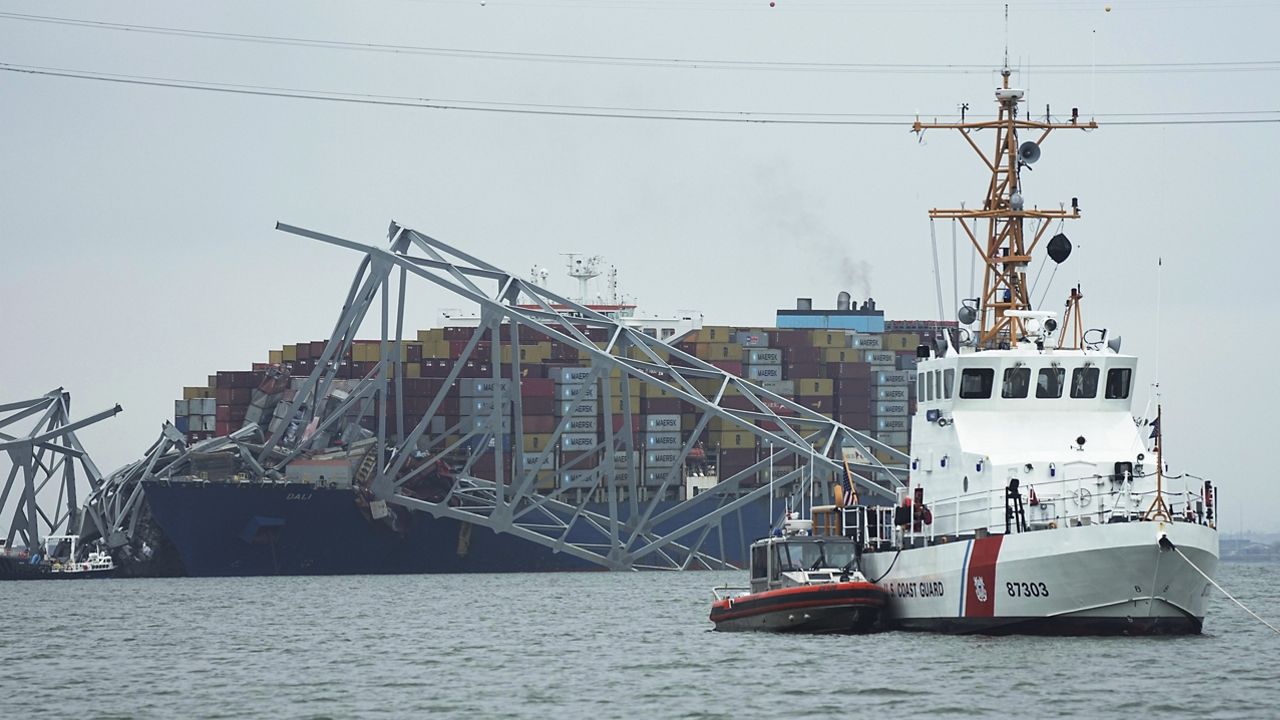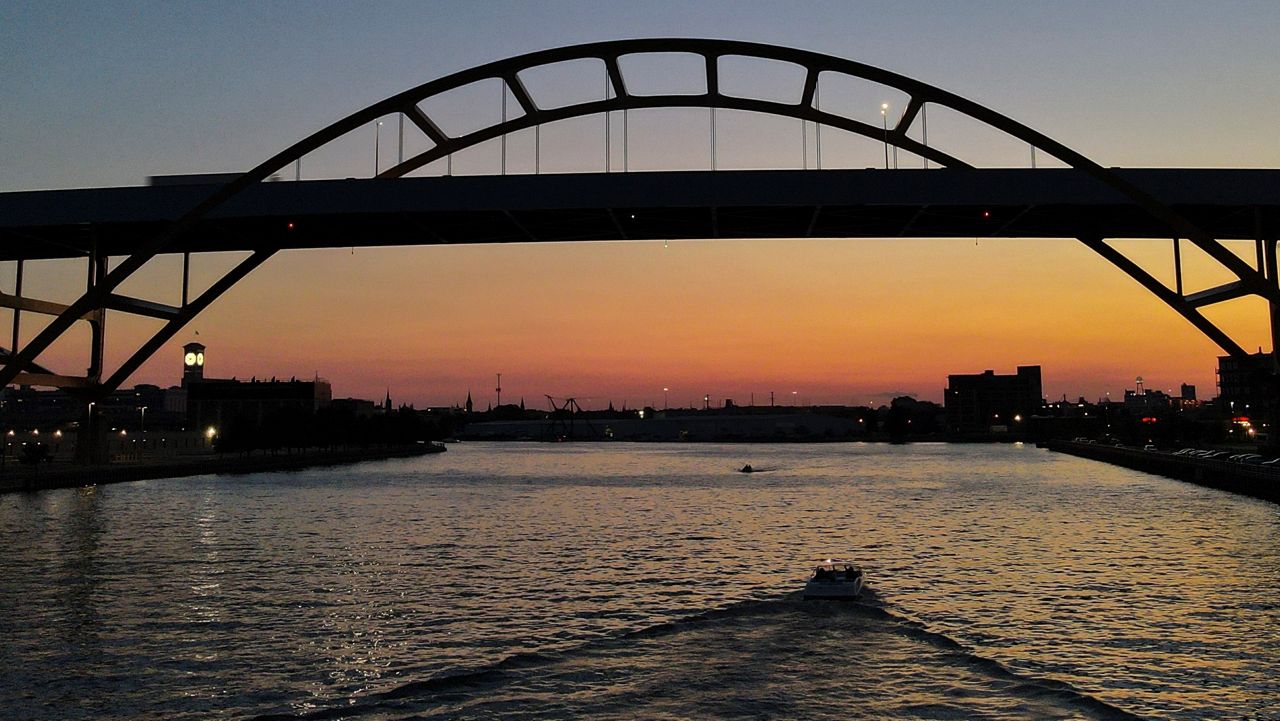MILWAUKEE — Schuyler Belott said he felt devastated watching the video of the Francis Scott Key Bridge collapse Tuesday morning in Baltimore.

“Obviously you’re looking at it being a dive incident but it makes it even more complicated with the fact there’s a bridge collapse, which brings in the structural collapse problems. And each of them in their own discipline it’s a tremendous amount of work,” said Belott.
Belott is the assistant chief of operations with the Milwaukee Fire Department.
The incident brought Belott back to July 14, 1999, when the giant crane, “Big Blue,” used in the construction of Miller Park (now called American Family Field) collapsed, killing three people.
“I just remember showing up on scene and feeling overwhelmed and we didn’t have much to because it became more of our herd team, with the technical rescue, insuring a very deliberate process on how we move forward, which would be how we would address any of these issues,” said Belott.
He said the department works alongside the Port Milwaukee, which also has large cargo ships coming in and out, under the Hoan Bridge.
“We’ve been starting up conversations with the Port to really work with them on training and developing some of our new SOGs to ensure if we do have a response down there, we’re familiar with them, the space and any challenges we might face, so we can do our jobs better,” he said.
Andrew Sen is an assistant professor in the department of civil, construction and environmental engineering at Marquette University.
He said the Hoan Bridge doesn’t have the same vulnerability as the Key Bridge because the support piers are on land.
“The bigger concern might be impact of the super structure, so the actual steel part spanning over the water,” said Sen. “If you have a vessel that’s too tall, you could impact the superstructure. That scenario is well controlled. You just don’t allow ships that are that tall to pass through there.”

Belott said the dive team has already discussed the Key Bridge collapse. They plan on using Baltimore’s response as part of future training.
“As this wraps up and things settle down, we’ll certainly reach out to them and see some of the things they went through,” said Belott. “Things that went well. Challenges they had. Things that maybe we haven’t considered in the past to assure that if we do encounter something similar, we can be as effective as possible and maintain our own firefighter safety.”
He said while hands-on training is the best way to learn, learning from other departments in the fire industry can help them best prepare for any situation they may face.
According to the American Road and Transportation Builders Association, 1,759 bridges across the state need repairs. That is down from 1,905 in 2019.
President Biden’s infrastructure investment and jobs act provided $225 million for bridge formula funds, which will help lead to more repairs.
Wisconsin currently has access to about $90 million of those funds, with $40 million committed to 173 projects as of June 2023.
Data from the American Road and Transportation Builder’s Association also showed the most traveled structurally deficient bridges in the state.
They included the I-43 freeway bridge over Glendale Avenue in Milwaukee, with over 126,000 daily commuters. That area is currently under construction to make repairs.
In Dane County, the bridges around John Nolen Drive over Lake Monona are also considered structurally deficient. Construction to repair those bridges is expected to begin in 2025 and be completed by 2027.
Other bridges include Columbia County’s bridge on I-39-90-94 at Wisconsin Highway 60. That area is currently under construction with an estimated completion date on May 27.
A repair project for U.S. Highway 12 over Otter Creek in Eau Claire is currently delayed, according to the Wisconsin Department of Transportation.



